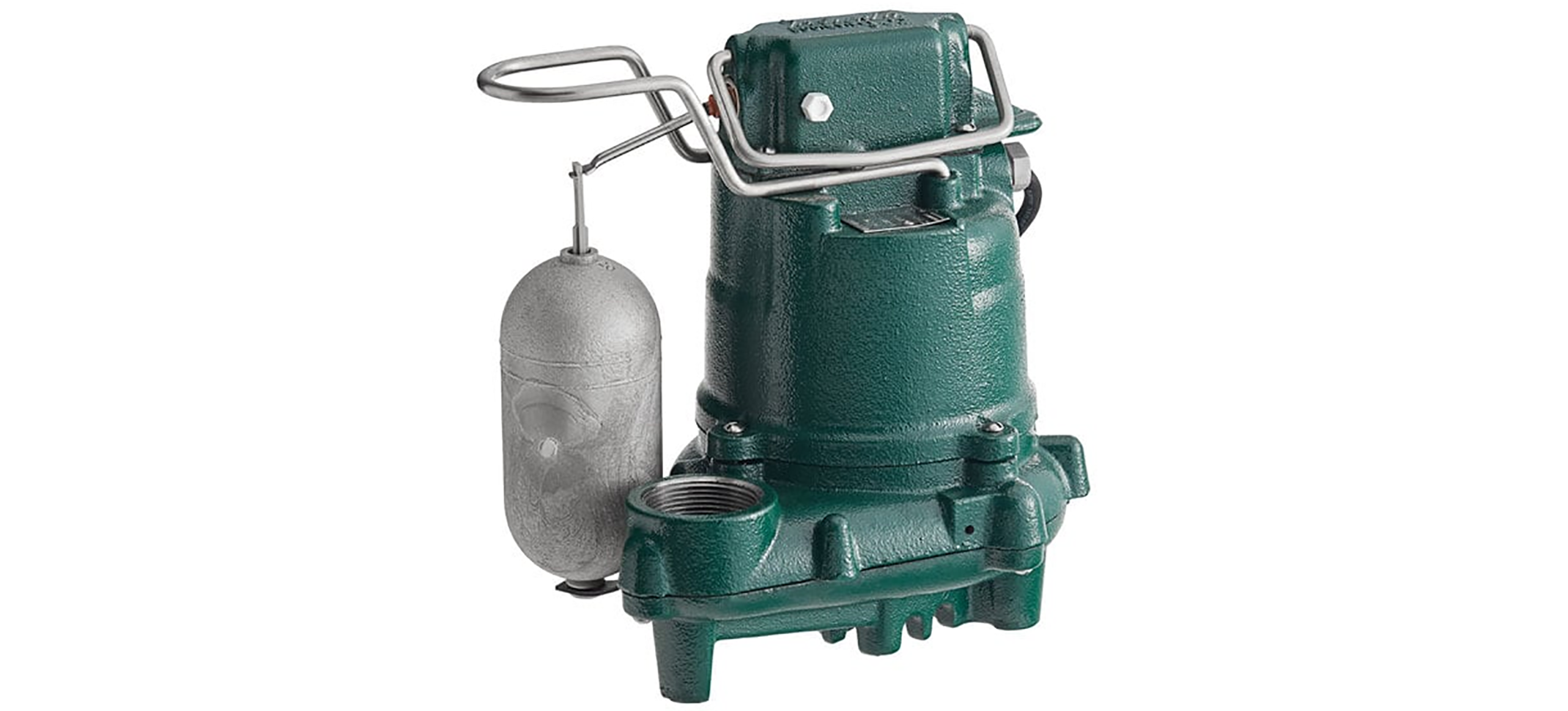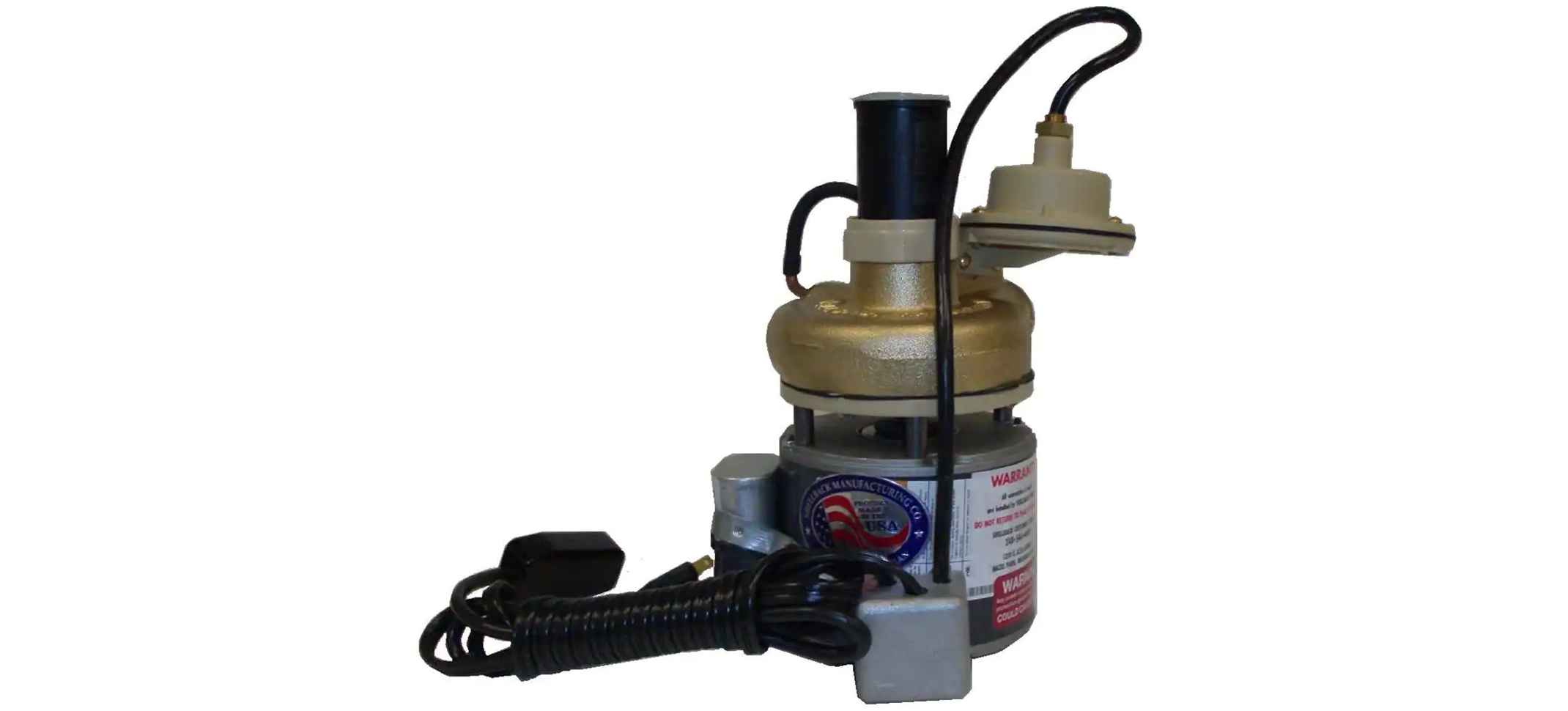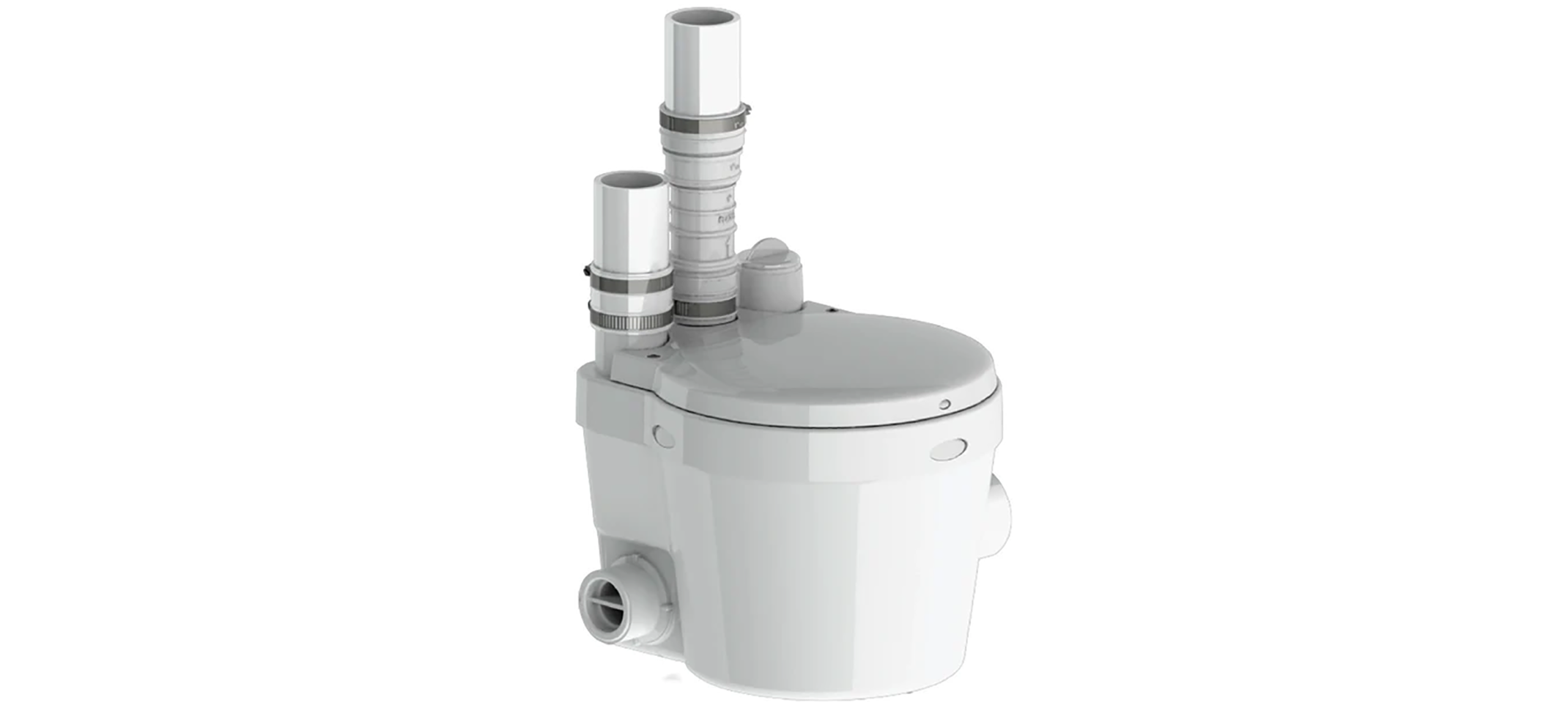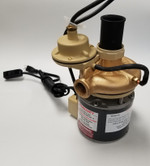If you are in the market for a new sump pump but unsure of the different types available or what kind you specifically need, don't worry, we've got you covered. I will cover the various pumps available, including sump pumps, laundry pumps, and macerating pumps, the different applications these pumps have, as well as the when to use each pump.
First, let's get into sump pumps. These pumps are essential for keeping your basement dry and preventing water damage to your home. Centrifugal pumps, such as the Zoeller M63, are the most common type of sump pump used for moving fluids. They work by using a rotating impeller to create centrifugal force, which moves the fluid outward from the center of the impeller and through a discharge pipe. Centrifugal pumps are reliable, easy to maintain, versatile, and efficient, making them a popular choice for both residential and commercial applications. Often paired with a backup system to guarantee that your basement will always stay dry. If you're looking for a backup sump pump, check out our blog post on the Top 5 Backup Sump Pumps.
Next, let's talk about laundry pumps. If you're looking to install a laundry room in your basement or somewhere far from your home's main drainage line, a laundry pump can help. The best laundry pumps are compact, affordable, and easy to install like the Saniflo 021 Saniswift and the Shellback 3-12-19-I Auto Pump Laundry. We recommend checking out our post on Best Laundry Pumps for more information.
Finally, let's discuss macerating pumps. These pumps are designed to grind up solid waste and toilet paper into smaller pieces that can be easily transported through a smaller-diameter pipe. Macerating pumps are commonly used in situations where a traditional toilet installation is not possible or practical, such as in a basement bathroom or a bathroom located far away from the main sewage line. The macerating pump typically sits behind the toilet and connects to a discharge pipe that is smaller in diameter than a traditional sewer line. Saniflo does an amazing job with these pumps and toilets.
But what about the other types of pumps out there? Some of these pumps can be used for some plumbing applications, but often they are designed to be in a specific type of job. Here's a quick rundown:
Diaphragm pumps: Use a flexible diaphragm to move fluid. Often used in the food and beverage processing industry and pharmaceutical manufacturing.
Reciprocating pumps: Use a piston or plunger to move fluid. Used in applications such as high-pressure water injection, oil and gas production, and steam generation in power plants.
Positive displacement pumps: Move a fixed volume of fluid with each stroke of the pump. Often used in applications where a precise amount of fluid is needed, such as in dosing systems.
Rotary lobe pumps: Use two or more lobes that rotate in meshing contact to move fluid. Often used in applications where a gentle flow is needed, such as in food processing.
Screw pumps: Use two helical screws that rotate in opposite directions to move fluid. Often used in applications where a high viscosity fluid is needed, such as in pumping oil.
Vane pumps: Use a rotor with vanes that are attached to it. Commonly used in applications such as hydraulic systems, fuel injection, and lubrication systems.
Gear pumps: Use two gears that work together to move fluid. Often used in applications such as lubrication systems, fuel transfer, and hydraulic systems.
We hope this overview of the different types of pumps has been helpful in your search for the perfect pump. If you have any questions, please feel free to contact us. And don't forget to check out our other helpful posts on sump pumps, laundry pumps, and macerating pumps.






